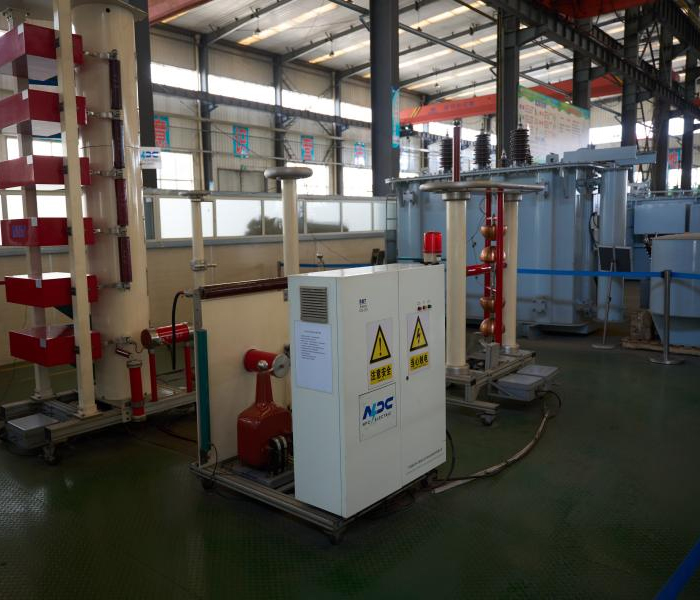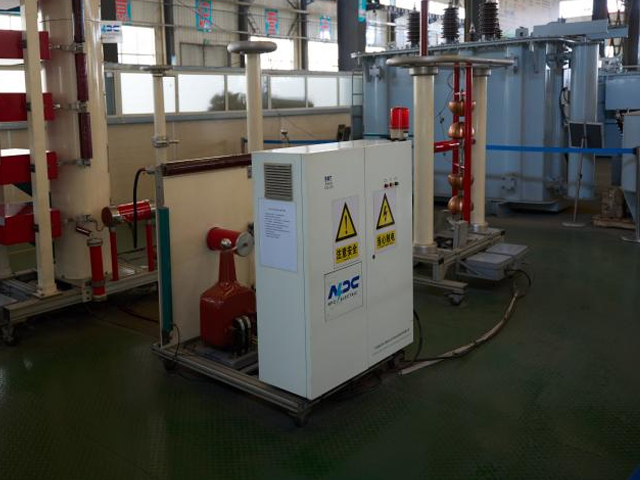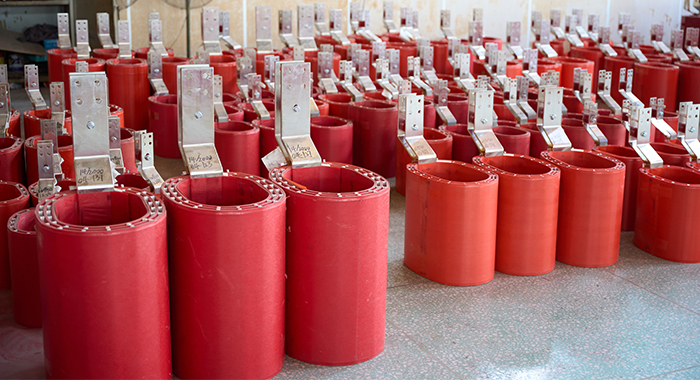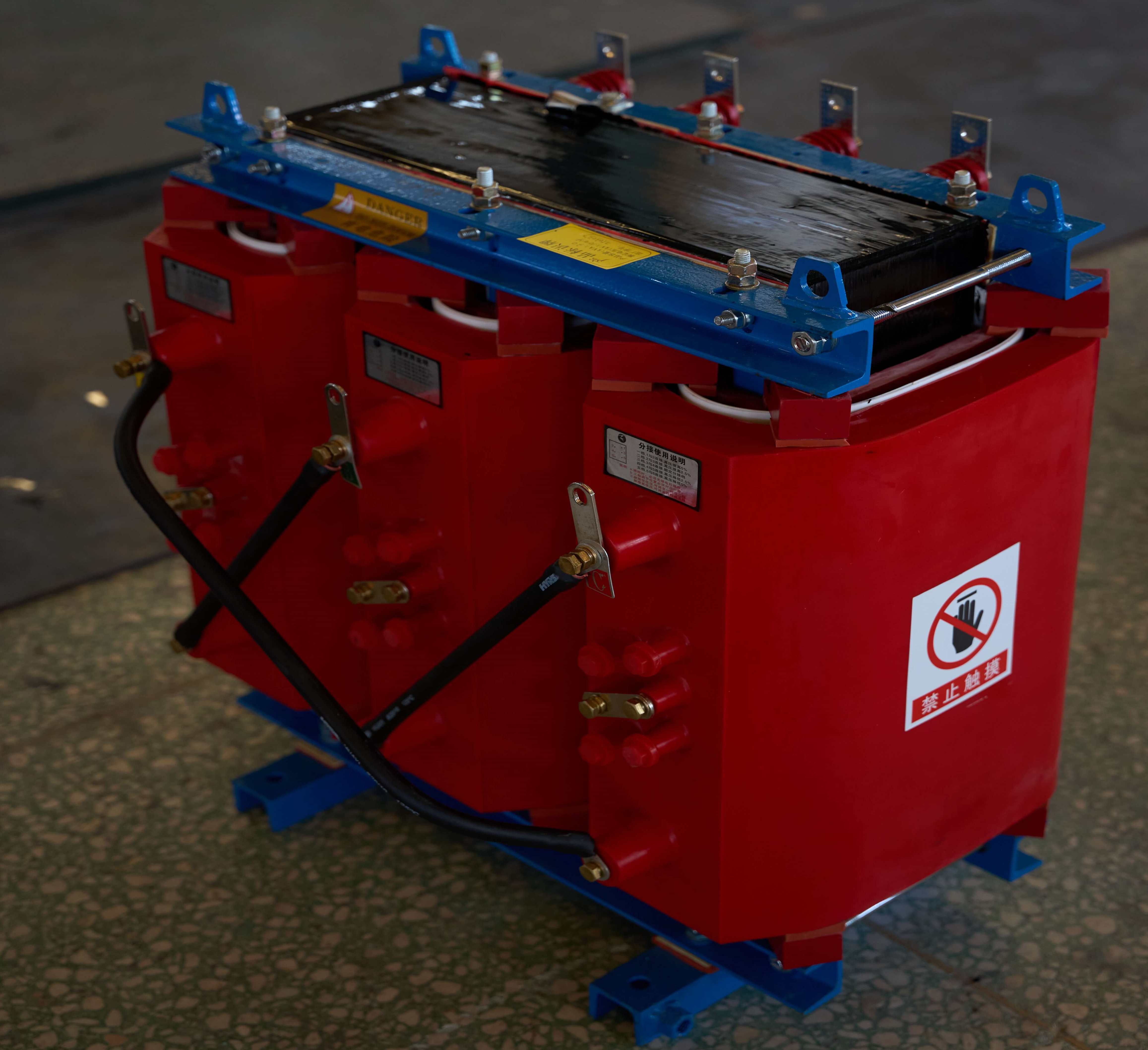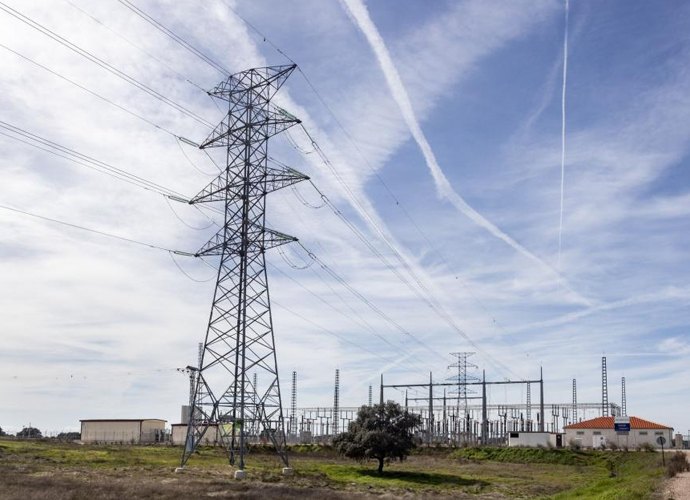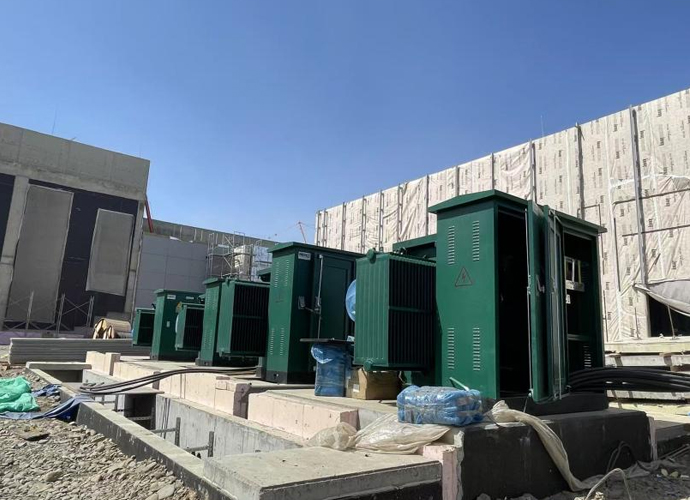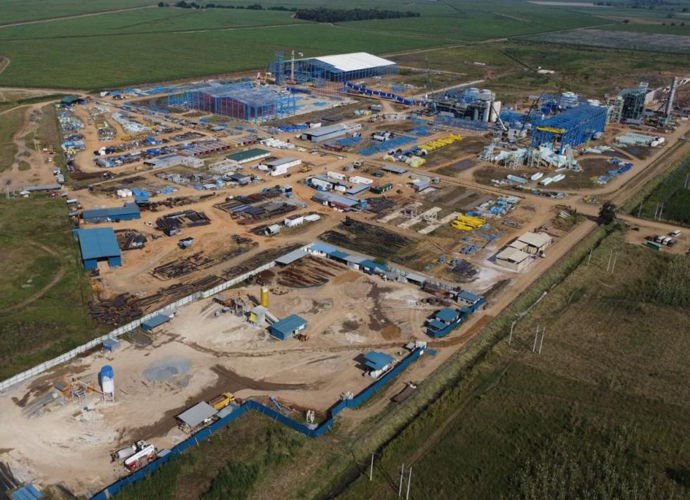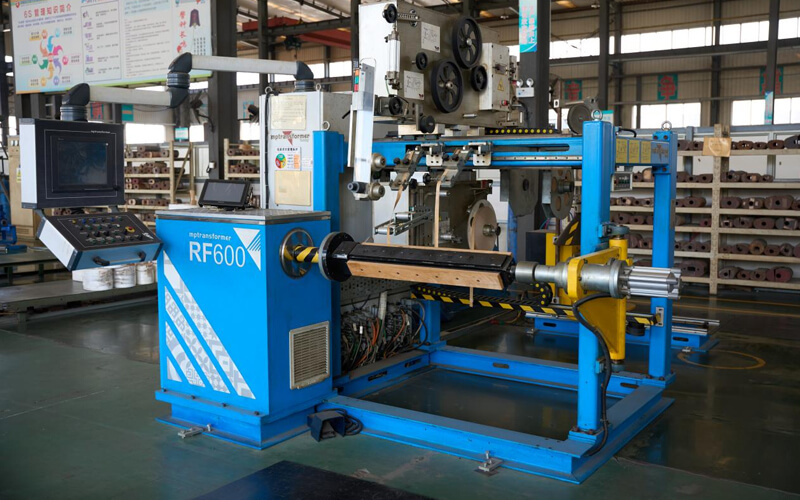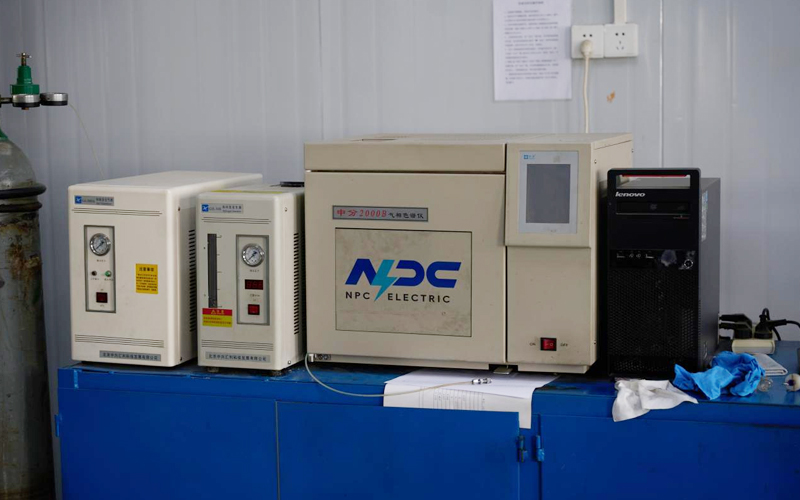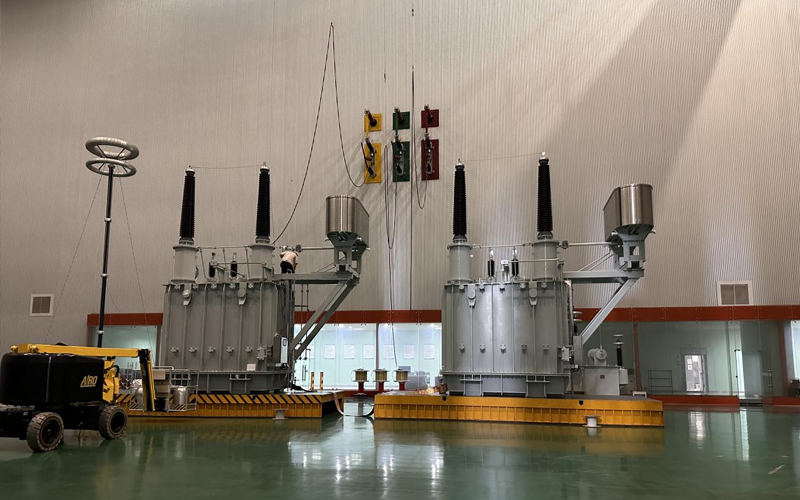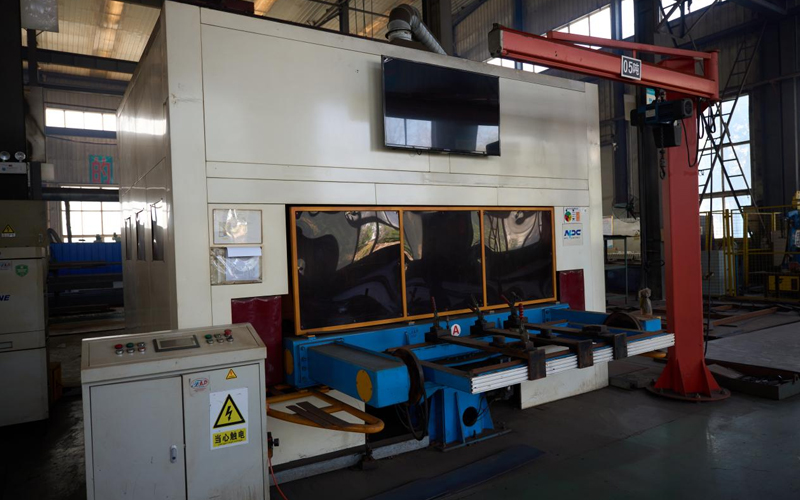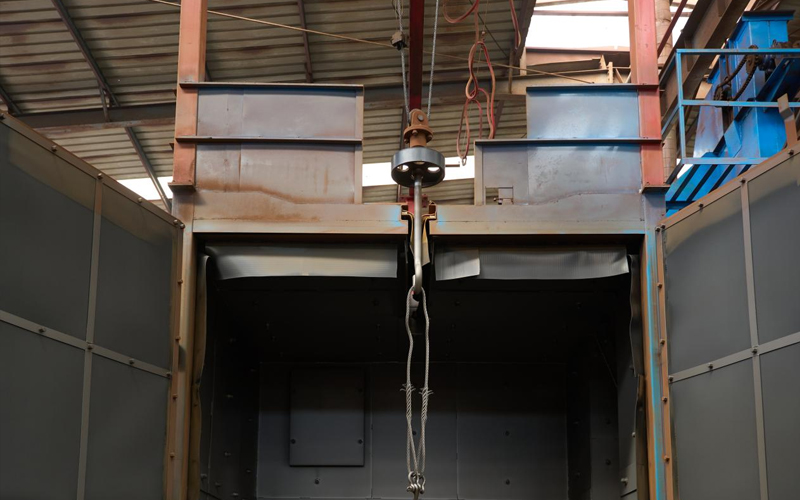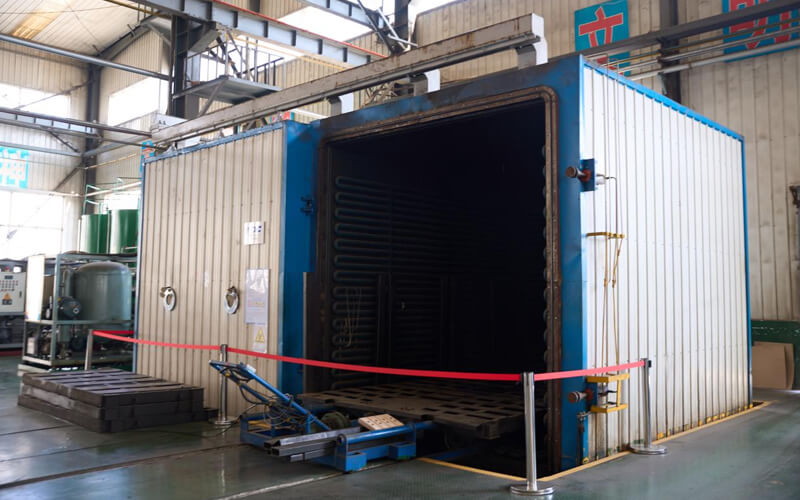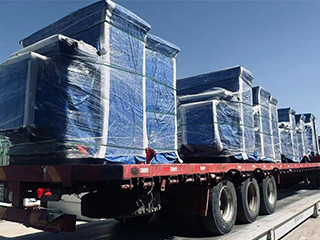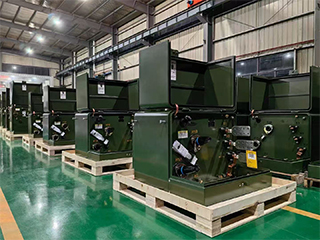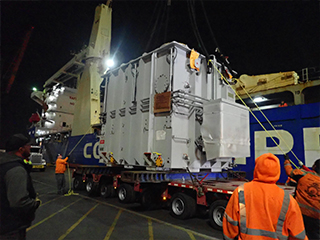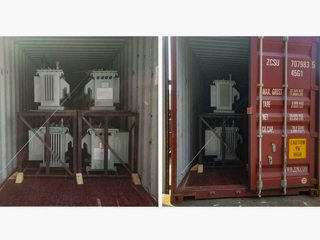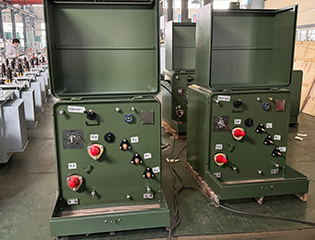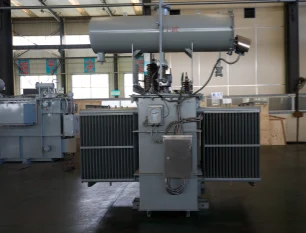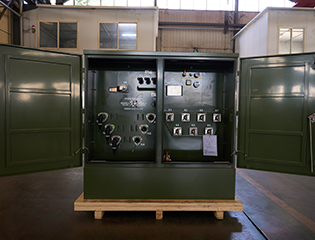200kVA Dry Type Transformer
- Primary Voltage Ratings 34.5-19.92/13.8-7.957/13.2-7.62/12.47-7.2, 24.94, 26.25, 33 or others
- Secondary Voltage Ratings 480/277V,400/230V,380/220V or customized
- H.V. Tap Range ± 2×2.5% HV taps or others
- Type Dry type transformer
- BIL 30/95kV
- Standards IEEE, ANSI, NEMA,IEC,GB
- Application residential power distribution, power systems and distribution networks, office buildings, transportation facilities,theaters, hospitals, hotels etc
- Power Rating 200kVA
- Certificate UL ,CESI
- Cooling Method OA/OF
- Opeartion Step Down & Step Up
Technical Specifications
| Technical Specifications | ||
| Rated Power | 200 kVA | |
| Rating Primary Voltage | 2.4-34.5kV | |
| Secondary Voltage | 480/277V 400/230V 380/220V Customized |
|
| Frequency | 50/60Hz | |
| Vector Group | Dyn11,Yyn0,Dyn5 | |
| Winding Material | Aluminum/Copper | |
| Efficiency | As IEEE,Doe 2016,CAS Std or Customized | |
| Impedance Voltage | Nominal 2% or Customized 1.1-5.75% | |
| Altitude | ≤1,000m or Customized | |
| Enclosure material | 304 Stainless Steel | |
| Total Weight | 900 kg | |
| Outline Dimensions(L×W×H)in. | 1000×900×1300(mm) | |
| HV Bushing |
| LV Bushing |
| Tap changer connector |
| Lifting hook for complete transformer |
| Name plate |
Customization Optional
Packing and Shipping
First, the transformer will be placed in a sturdy wooden box, which has strong pressure resistance and durability, and can effectively resist the impact and vibration that may occur during transportation.
In order to prevent the transformer from displacement or collision during transportation, foam plastics, sponge pads or other shock-proof materials will be used in the wooden box to firmly fix the transformer, and appropriate buffer space will be left between the transformer and the box.
In addition, the surface of the transformer will be wrapped with a waterproof film to prevent moisture and contaminants from invading. At the same time, desiccant or moisture-proof materials will be placed in the packaging to ensure that the transformer remains dry, especially when shipped by sea or over long distances.
On the outer packaging, a clear label will indicate the transformer model, rated capacity, production date, consignee information, etc., and will be accompanied by transportation marks, such as "fragile items", "moisture-proof", "do not tilt" and other warning signs to remind transportation personnel to handle with care.
During transportation, transformers are usually transported by truck, rail or ship, and the specific transportation method depends on the destination and transportation conditions.
During the loading process, the transformer will be firmly placed in the transport vehicle and additional anti-vibration measures will be taken to ensure that it is not affected by severe vibration or collision during transportation.
Finally, after the transformer arrives at the destination, the consignee should check the packaging to ensure that there is no damage and confirm the delivery status in time. The entire packaging and transportation process needs to be strictly controlled to ensure that the transformer is delivered to the customer intact and can be used normally after installation.
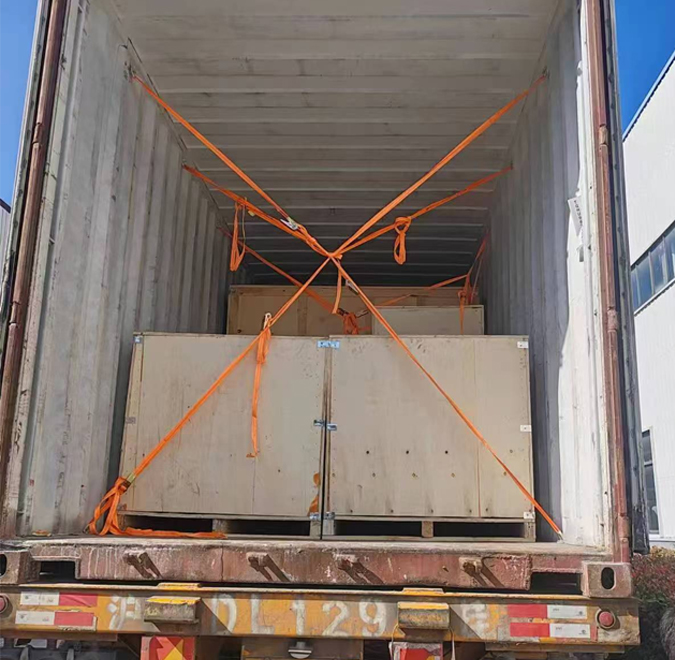
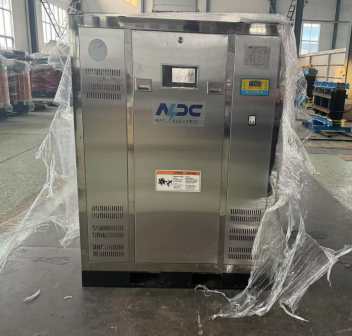
Manufacturer Test
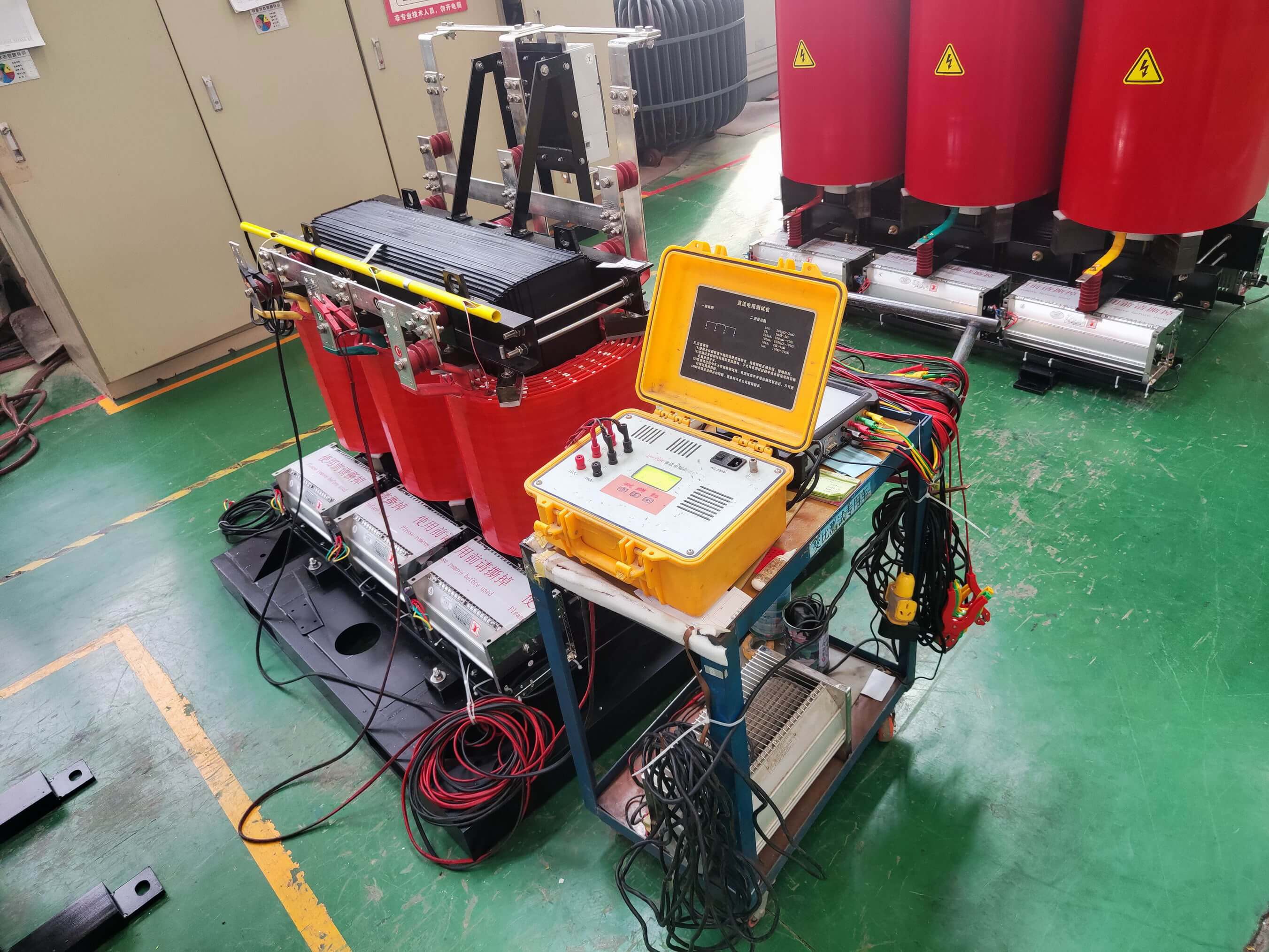
Progress Test
The progress test of 200kVA dry-type transformer is usually a key link in the transformer manufacturing process, which aims to check whether the various performance indicators of the transformer in the production and assembly stages meet the design requirements and standards. The goal of this test is to ensure that the transformer can operate normally and has the required safety and reliability before it is officially delivered for use.
Electrical test: When conducting electrical tests, the insulation performance and electrical parameters of the transformer are mainly checked.
Winding insulation resistance test: Check the insulation resistance between the transformer winding and the ground to ensure that the insulation layer is not damaged and prevent electrical faults.
AC withstand voltage test: Test the insulation capacity of the transformer by applying high voltage to verify that the transformer can withstand the predetermined working voltage.
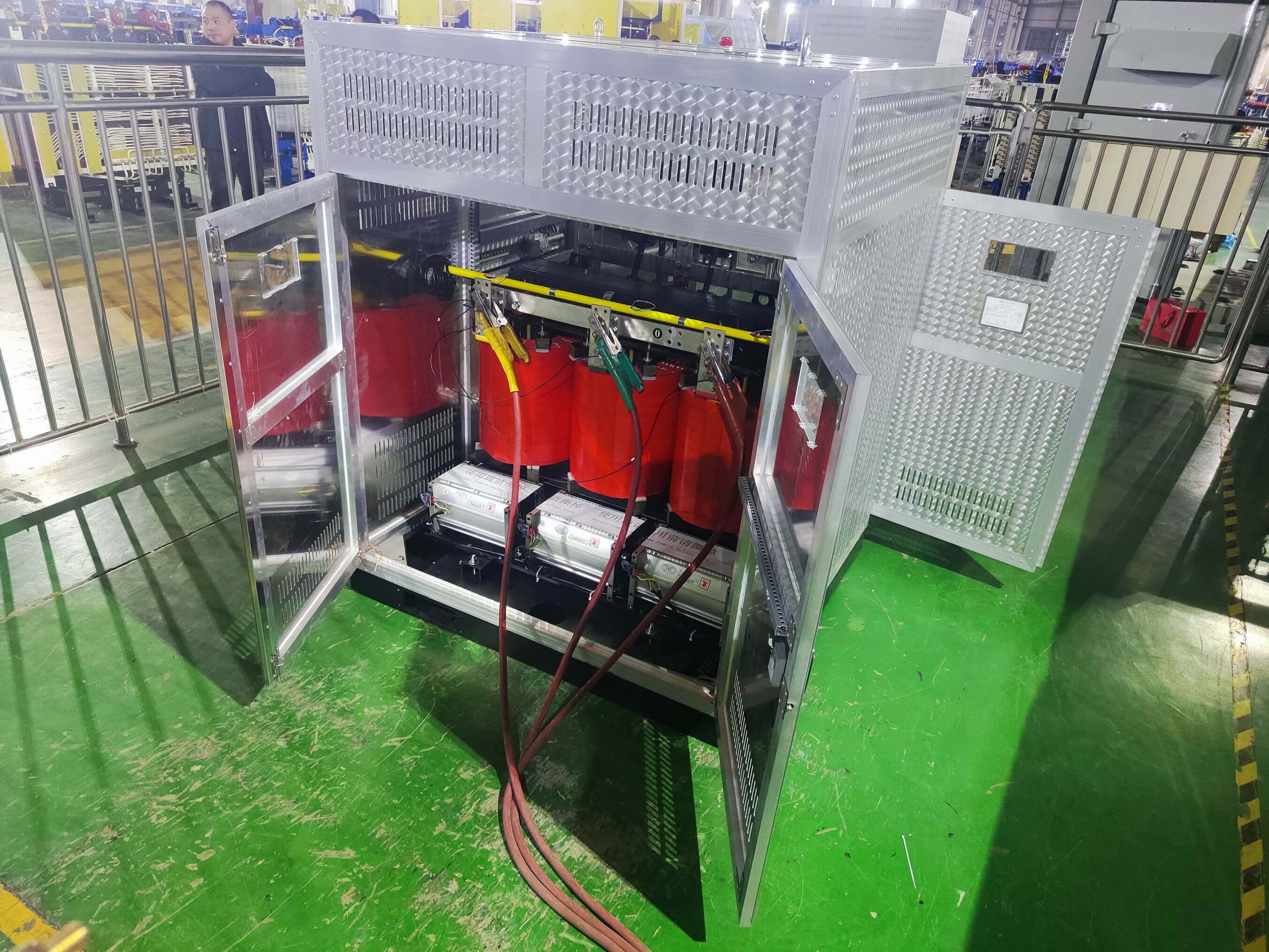
Design Tests
All transformer will be test after finished the production, test items as below:
♦ Insulation Power Factor
♦ Winding Resistance
♦ Impulse Tests
♦ On load Loss Test
♦ No Load Loss Test
♦ Leak Test
♦ DC Insulation Resistance Test
♦ Transformer Turns Ratio/TTR (All Tap Voltages)
♦ Impedance Voltage & Load Loss (Rated Voltage)
♦ Excitation & No-Load Loss (Rated Voltage)
♦ Applied Voltage
♦ Induced Voltage
♦ Lightning Impulse
♦ Insulation Resistance (Rated Voltage)
♦ Temperature Rise
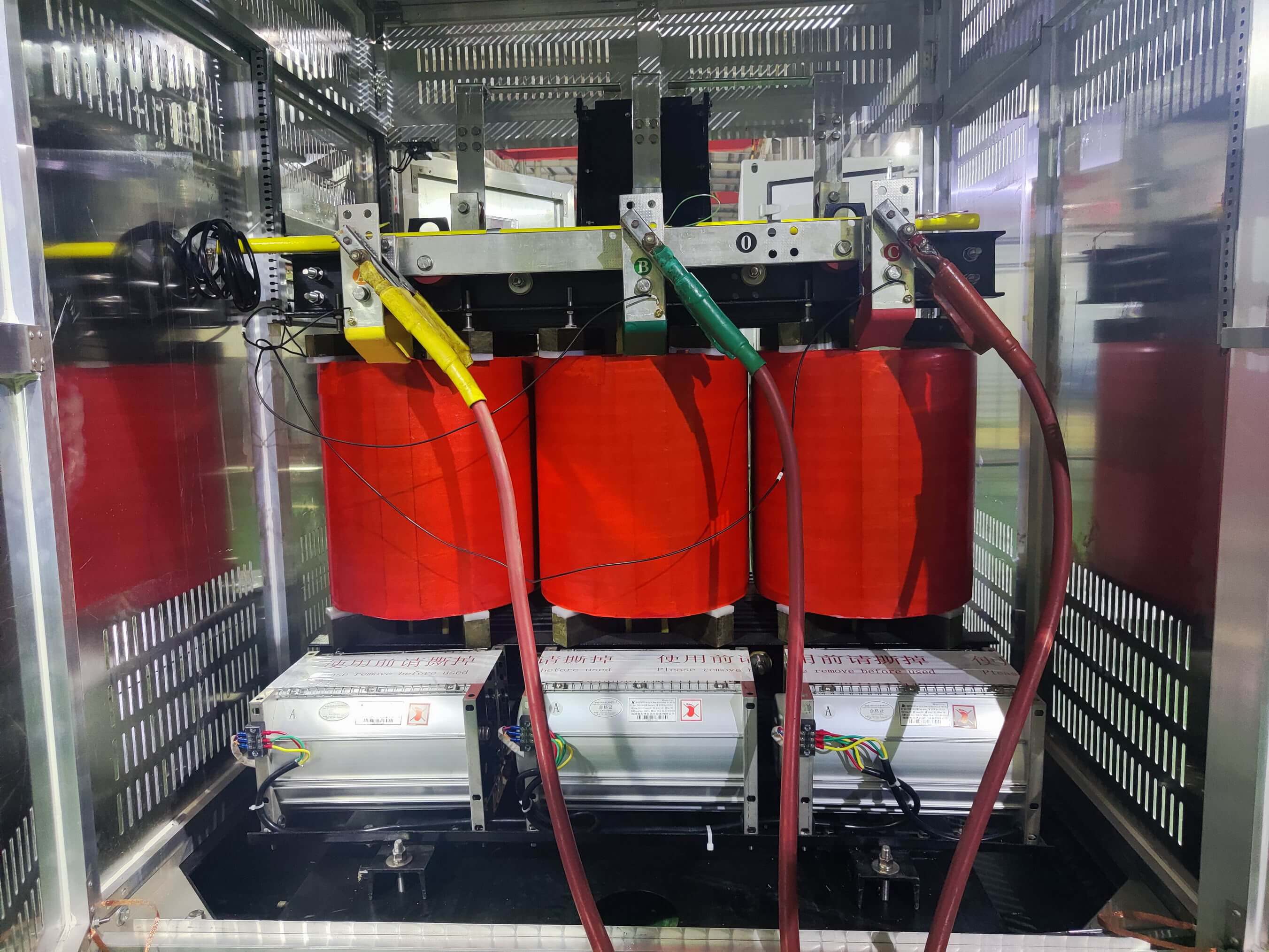
Transformer Factory Acceptance Test
NPC Electric conducts rigorous quality control testing on every transformer or representative samples, as well as on specific components and materials, to ensure compliance with design specifications throughout the production process.
The Factory Acceptance Test (FAT) for a 200kVA three-phase dry-type transformer is a critical step performed before shipment to verify that the unit meets all applicable standards and delivers optimal performance. The FAT includes the following key procedures:
Visual Inspection: Evaluates the transformer’s physical condition, including the enclosure, terminals, and labeling, to ensure conformance with design and safety requirements.
Electrical Testing: Involves measuring winding resistance, insulation resistance, and performing turns ratio tests to validate electrical integrity and functionality.
Dielectric Strength Test: Applies high voltage across the insulation system to ensure it can endure both normal and transient operating voltages without failure.
Load Testing: Simulates real-world operating conditions to assess the transformer’s voltage regulation, temperature rise, and overall efficiency under load.
Protection Device Testing: Verifies the proper operation of integrated protective components such as thermal sensors, temperature relays, and tap changers (if applicable).
Routine Test - Insulation Power Factor
Test voltage source (commonly used are 6V, 10V, 20V, 40V or 100V, depending on the equipment model or customer requirements)
Temperature and humidity meter (used to record the ambient temperature and humidity during the test)
Disconnect the electrical connection between the test cable and the equipment to ensure that there is no external current or voltage interference.
Select a suitable voltage range for testing and set the test voltage according to the equipment requirements.
Connect the test equipment to the winding terminals of the device under test, making sure the connections are secure and properly grounded to avoid measurement errors.
Apply Test Voltage:
Select the appropriate test current according to the equipment specifications (such as test current for low-voltage windings, single-phase or three-phase windings).
Winding resistance (usually expressed in units of "Ω")
Test current (A)
Test voltage (V)
Temperature (record the winding temperature before and after the test)
Resistance deviation is between 5% and 10% (warning)
Resistance deviation exceeds 10% (further inspection or corrective action is required)

Application
Technical Advantages
Product Packaging
Related Products
FAQ From Customers
-
What is a Transformer?A transformer is an electrical device used to change the voltage of alternating current (AC). It works on the principle of electromagnetic induction, converting high-voltage current into low-voltage current or low-voltage current into high-voltage current. Transformers are widely used in power transmission, distribution systems, and various electronic devices.
-
What are the main uses of a transformer?The main use of a transformer is voltage conversion. Transformers are used in power transmission systems to help transfer electricity from power plants to consumers. In addition, transformers are also used in electronic devices such as chargers, televisions, power adapters, etc., to adjust the voltage to meet the requirements of different devices.
-
Do you have UL listed?Yes, our transformer has UL listed. We have exported to America many pad mounted transformer,substation transformer and HV.

